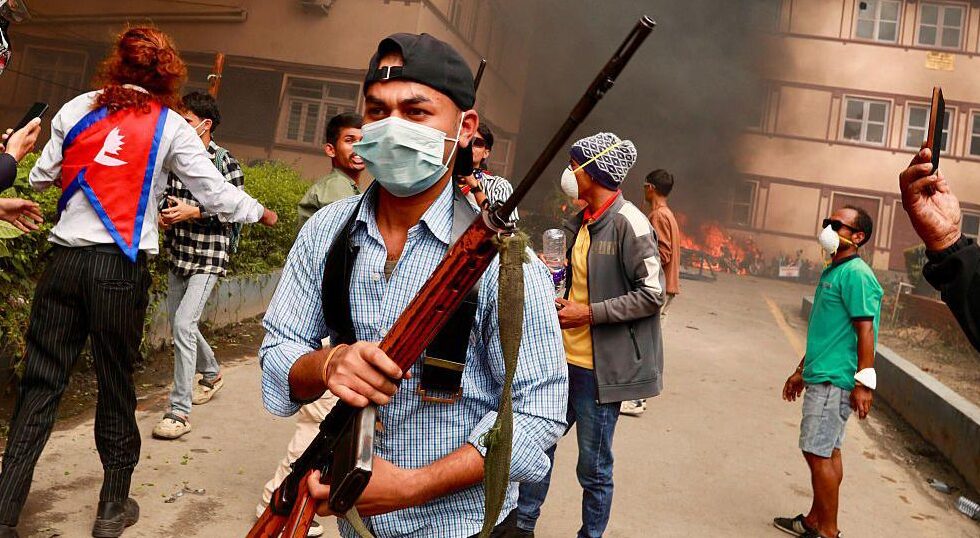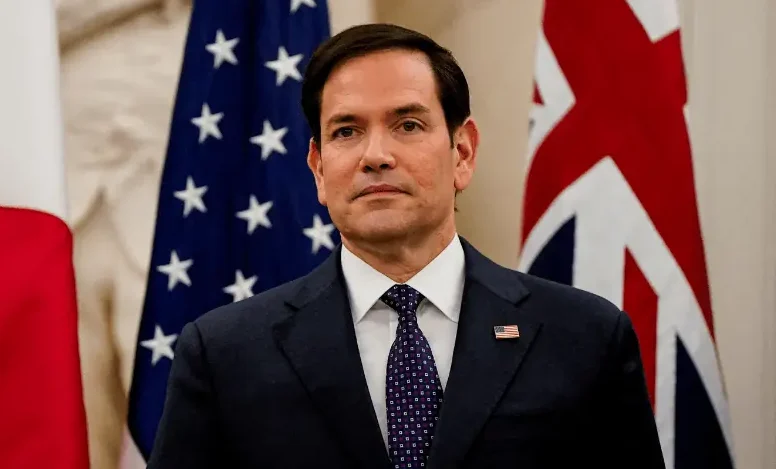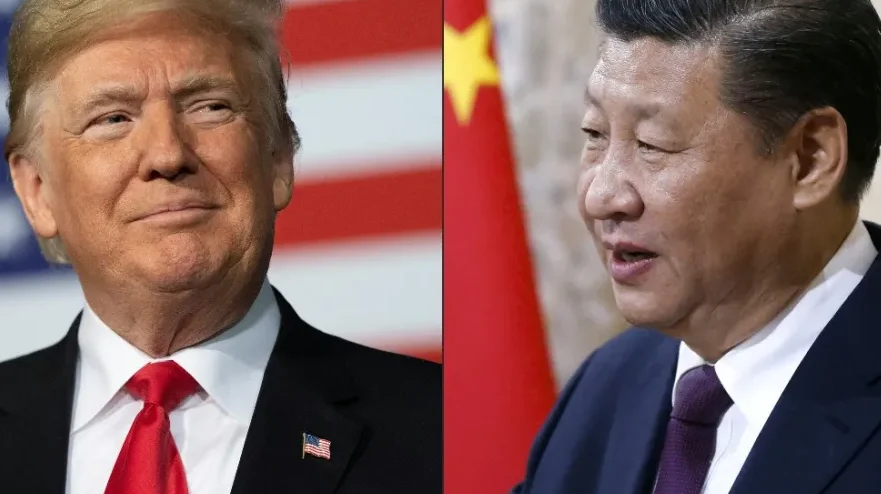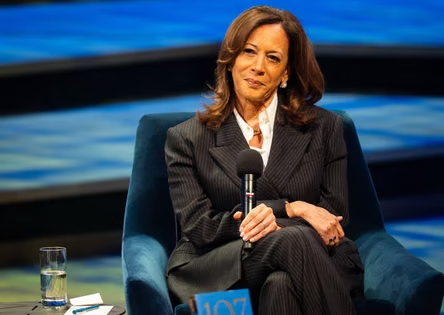Kathmandu, Nepal. The Nepali army has deployed troops on the streets of the capital as the country faces its worst unrest in decades.
On Tuesday, protests against corruption and nepotism turned violent. Demonstrators set fire to homes of politicians, torched government buildings, and even attacked Parliament. The prime minister resigned amid the turmoil. Since Monday, 29 people have died.
However, the student-led group “General Z,” which organized the protests, stated that the violence was not their responsibility. They claim opportunists took advantage of the demonstrations.
By Wednesday, Kathmandu’s airport reopened, and the city seemed relatively calm as most residents followed the curfew. Smoke still rose from burning buildings, serving as a stark reminder of the chaos.
The army has invited General Z protesters to join peace talks. A representative told the BBC that student leaders are preparing a new list of demands.
A nationwide curfew remains in effect Thursday morning. Authorities warned that anyone involved in violence or destruction will face consequences. So far, 27 people have been arrested for rioting and looting, and 31 firearms have been recovered.
Military checkpoints now appear throughout the capital, where officers check IDs for anyone passing through. Loudspeakers broadcast warnings, urging people to stay home.
Still, some young volunteers are out cleaning streets and clearing debris. Fourteen-year-old Sang Lama, who did not take part in the protests, joined the cleanup, hoping it will bring change. She said, “Corruption has gone on in Nepal for too long. It’s time for the nation to change. I hope this can bring something positive.”
Another protester, 24-year-old Prash Pratap Hamal, took part in Tuesday’s demonstrations and is now helping clean, citing “too much pollution” on the streets. He said Nepal needs independent political leaders like Kathmandu’s mayor, Balendra Shah, to guide the country.
Rakesh Narula, 36, from eastern Nepal, expressed hope for better governance. “Leaders should see this as a lesson to improve themselves for the country’s future,” he said.
Despite some optimism, some residents felt shocked by the extent of destruction. Businessman Prabhat Poudel from Lalitpur said burning government buildings, including the Supreme Court, left him stunned.
The army shared concerns that outsiders took over the protests. Spokesman Raja Ram Basnet told the BBC, “We are working to control elements exploiting this situation for looting and arson.”
General Z insisted the movement was, and remains, nonviolent. They claim they are working voluntarily to manage the situation responsibly, protect citizens, and safeguard public property. No further protests are planned after Wednesday.
Why Did the Protests Start?
The demonstrations began after the government banned 26 social media platforms, including WhatsApp, Instagram, and Facebook. The ban sparked anger that quickly grew into broader frustration with Nepal’s political elite.
Weeks earlier, a social media campaign called “Nepo Kid” exposed corruption and lavish lifestyles of politicians’ children. The government lifted the ban on Monday night, but protests had already gained momentum. Nineteen protesters died in clashes with police that day.
How Violence Escalated
The unrest intensified Tuesday as three more protesters and two police officers were killed. Crowds set fire to the Nepali Congress party headquarters and the home of its leader, Sher Bahadur Deuba. Protesters stormed Parliament, broke windows, and painted anti-corruption graffiti.
Singa Durbar, home to government offices, also faced attacks. The Supreme Court suspended all pending hearings due to heavy damage. Thousands of prisoners escaped from Kathmandu-area jails during the chaos. Five young escapees, all under 18, were killed by security forces in Banke, western Nepal.
What Happens Next?
The prime minister’s resignation has created a leadership vacuum. General Z stated that Nepal’s future leaders must be independent, chosen based on merit, integrity, and capability—not political ties. They called for a transparent government that serves the people, not corrupt elites.
Forty-year-old social worker Tara Karki echoed this sentiment. “There is deep concern as innocent youths have died,” she said. “The country now needs peace and an end to corruption, which drove so many onto the streets.”






